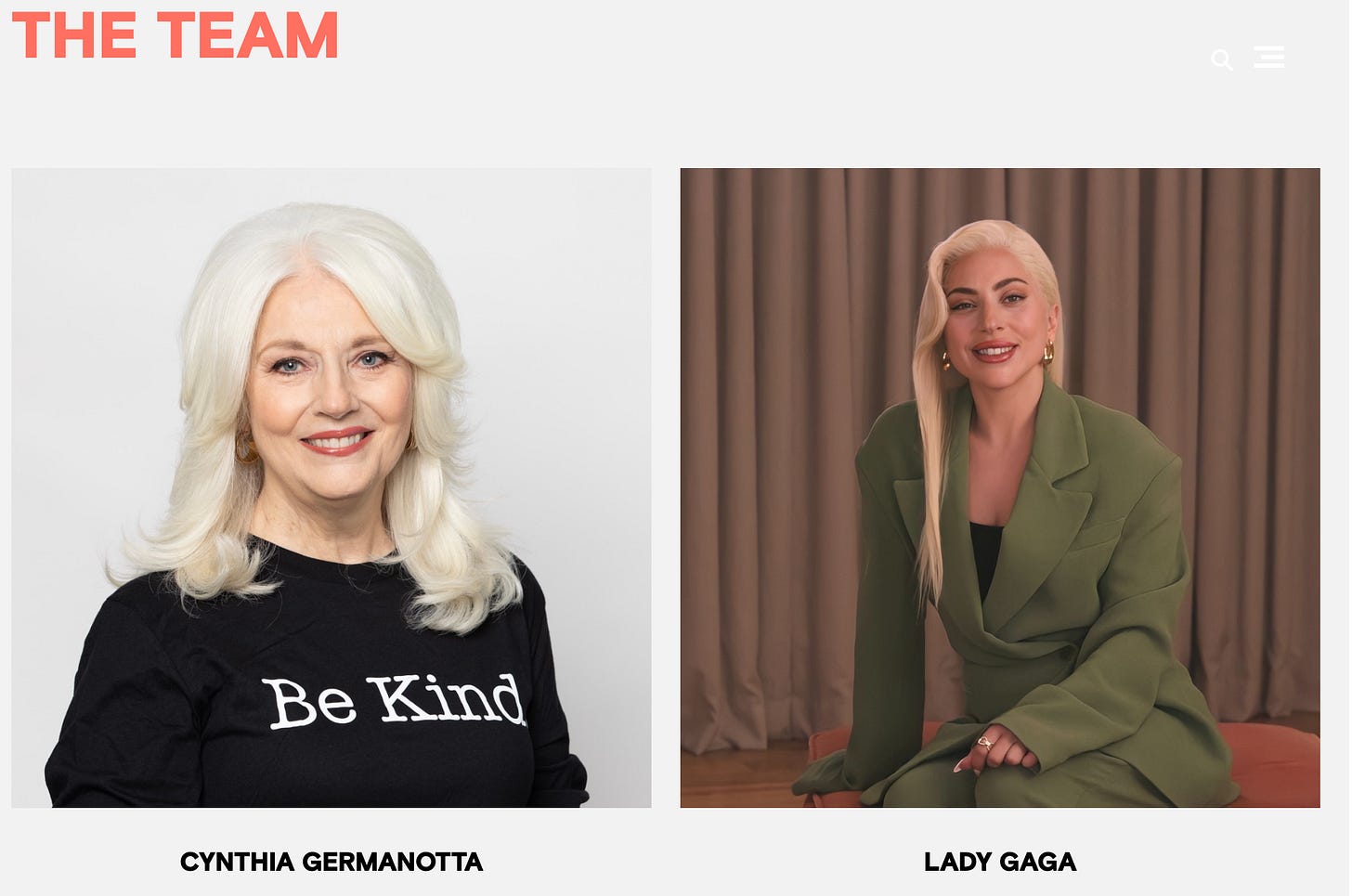For LGBTQ+ teens, kindness lives online
That’s what Born This Way Foundation's data says, and we need to listen
FYI, as this post drops, I’ll be camping in the wilderness on the beaches of Ningaloo Reef with a group of teenage girls. We’ll all be offline.
After spending too much time ruminating on what to post about this project, trying to get ‘the messaging right’ and delaying the e-book for more research, it's exactly what I need.
I’ve focused on Jonathan Haidt’s The Anxious Generation for the last two weeks. It’s a pretty confronting picture of what we (the world) are doing to our kids. I’m just getting the ‘what we can do’ section, and I’ve decided to spend a post sharing on that next, as I don’t want to make this project about what we’ve F’d up.
We know we have a screen problem. We know we have a tech-heavy life. We know we’ve lost something sacred, spiritual, and special. We know our kids are not growing up like we did - there are freedoms they’ve lost, attention they don’t have, and space they’re not given. I’ll touch on that next time, but I want to pivot to the positives for now.
In one of my research rabbit holes, I came across Lady Gaga’s Foundation, Born This Way. As a Gaga fan (AKA a Little Monster, as she fondly calls us), I was already very aware of her organisation and ‘kindness’ mission.
I wasn’t aware of the research they’d done.
The report: Kindness, community and contradiction
In 2017, Born This Way surveyed over 3000 young people aged 15-24 and over 1,000 parents. They gathered critical insight about youth mental health, digital habits, and kindness. They segmented and distilled the findings, which are reported in Digital Communities: Youth Mental Health and Online Behaviour.
One of the focuses was to look at how youth, including those who identify as LGBT+, perceive their digital communities and how they use online resources to understand better and manage their mental health.
And the results surprised me.
According to the data:
82% of LGBTQ+ youth are out online, compared to just 53% in real life.
44% say they feel very safe online, but only 9% say the same about in-person spaces.
61% describe the internet as “very kind”, while just 23% say that about real life. (Read the report here)
It’s a complete reversal of the story we’ve been hearing.
While most of us worry about digital life replacing the “real world,” this report shows that for many LGBTQ+ teens, digital life is the real world, the one where they are seen, supported, and safe.
That doesn’t mean we should throw out the concerns Haidt and Hari raised. But it does mean we need to hold space for the contradictions.
Two things can be true
It can be true that:
Phones have disrupted attention and shortened childhood
Kids are sleeping less, playing less, and are more anxious than ever
Tech companies design platforms to keep them hooked, distracted, and self-doubting
And it can be true that:
For many teens—especially queer teens—online is the only place they feel safe enough to be themselves
Digital platforms offer community, representation, and resources that they may not find offline
In some cases, the internet is saving lives
If you’ve ever worked with or parented a young person who feels like the “real world” doesn’t accept them, you’ll understand why access to identity-affirming content, community, and kindness matters.
So what do we do with that?
Instead of black-and-white thinking ("screens are bad"/"screens are good"), we need to start asking better questions:
What kind of online experiences do our teens have?
Who are they talking to? What content is feeding them?
Do they feel seen—or silenced—by the adults in their physical lives?
Are we working to create offline spaces that are as safe and kind as they find online?
Because if our kids only feel whole on the internet, the solution isn't just to unplug them. It’s to build a world, classroom by classroom, dinner table by dinner table, that’s safe enough for them to be real.
Where I’m landing (for now)
As I read Haidt and digest this new report, I’m trying to stay open.
Open to the real concerns about screen time and mental health.
Open to the real relief that online spaces offer some young people.
Open to a middle ground that acknowledges nuance and meets teens where they are.
Not every solution needs to start with a ban.
Sometimes, it can start with a question:
Where do you feel most like yourself?
And how can we make more of that?
How to stay up to date and support this crazy ride
Subscribe, if you haven’t already.
Don’t miss a chapter.
And being a paid subscriber obviously helps me out a lot. I’m beavering away trying to teach, support myself in solo life in a big city, and recreate myself in this niche to be helpful to some folks.
There’s a ‘founding member’ option for those of you feeling generous and able to be part of this for all it becomes—my cheerleading squad. Once it's done, I’ll send you the completed e-book in full format glory.
Or you can gift a subscription to someone who needs support getting off screens and into real life.
Or you can donate a coffee to me to say, “Keep going, and here’s some caffeine.”
New chapters drop weekly, starting in July.
Comment or reply anytime, I’d love to hear from you.
Share with someone who needs it.
This is a gentle attention rebellion.
Thank you for choosing REAL.
Suze x






This is really interesting and makes a lot of sense with one of my daughters and the challenges we have with her tech use. I'll share a link to this in my round up newsletter. Thank you.